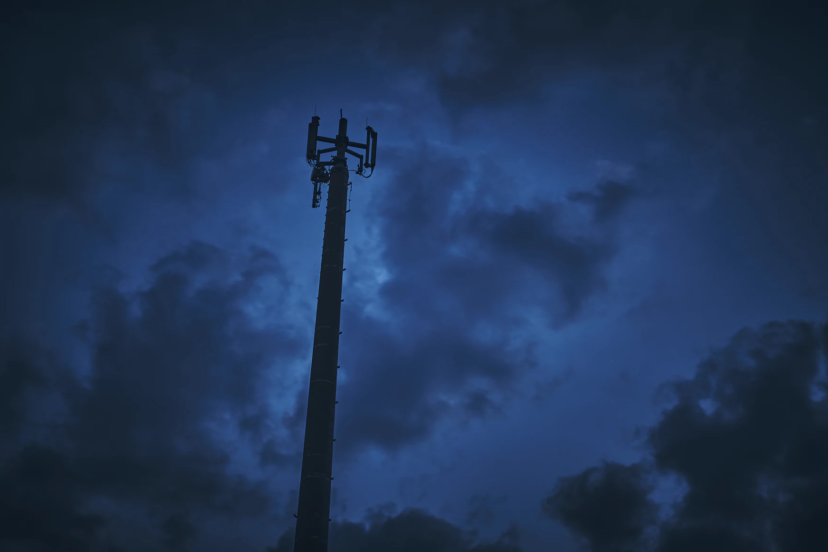Can Clothing Designed to Protect You from 5G Truly Make a Difference? In a world where…
Why We Believe 5G Isn’t Safe: Part 1

The telecommunications industry and its experts have criticized numerous scientists who have conducted research on the potential impacts of cell phone radiation, accusing them of spreading unwarranted fears regarding the advent of 5G wireless technology. As a significant portion of our research is publicly funded, we consider it our ethical obligation to provide the public with information derived from peer-reviewed scientific literature regarding the health risks associated with wireless radiation.
5G Isn’t Safe
Recently, the chairman of the Federal Communications Commission (FCC) announced through a press release that the commission intends to reaffirm the radio frequency radiation (RFR) exposure limits established in the late 1990s. These limits were initially formulated based on observed behavioral changes in rats exposed to microwave radiation and were primarily designed to safeguard against immediate heating risks due to RFR exposure.
However, it is worth noting that these limits were set based on research conducted in the 1980s, and a substantial body of peer-reviewed studies, comprising over 500 investigations, has since identified harmful biological and health effects from RFR exposure at levels too low to cause significant heating.
In light of this extensive research, more than 240 scientists who have published peer-reviewed studies on the biological and health effects of nonionizing electromagnetic fields (EMF) have endorsed the International EMF Scientist Appeal, which calls for more stringent exposure limits. This appeal makes several important assertions:
“Numerous recent scientific publications have demonstrated that EMF affects living organisms at levels well below most international and national guidelines. Effects include an increased risk of cancer, cellular stress, an increase in harmful free radicals, genetic damage, structural and functional alterations in the reproductive system, cognitive impairments, neurological disorders, and adverse impacts on general well-being in humans. Moreover, the harm extends beyond humans, as there is growing evidence of detrimental effects on plant and animal life.”
The scientists supporting this appeal represent a substantial portion of the experts in the field of nonionizing radiation, with over 2,000 papers and letters on EMF published in professional journals.
The existing FCC RFR exposure limits govern exposure intensity, considering carrier wave frequency, but they overlook the signaling characteristics of RFR. The modulation and duration of exposures, along with specific signal attributes (such as pulsing and polarization), can amplify the biological and health consequences of exposure. Therefore, there is a need for revised exposure limits that consider these varying effects, and these limits should be grounded in biological effects rather than mere changes in laboratory rat behavior.
In 2011, the World Health Organization’s International Agency for Research on Cancer (IARC) classified RFR as “possibly carcinogenic to humans.” Additionally, a $30 million study conducted by the U.S. National Toxicology Program (NTP) in the previous year found “clear evidence” that two years of exposure to cell phone RFR increased cancer in male rats and caused DNA damage in rats and mice of both sexes. The Ramazzini Institute in Italy replicated this key finding using a different carrier frequency and lower levels of cell phone radiation exposure over the rats’ lifespans.
Based on research published since 2011, including studies involving both humans and animals and mechanistic data, the IARC has chosen to reevaluate RFR within the next five years. With many EMF scientists believing that we now possess sufficient evidence to consider RFR a probable or known human carcinogen, it is likely that the IARC will elevate the carcinogenic potential of RFR in the near future.



